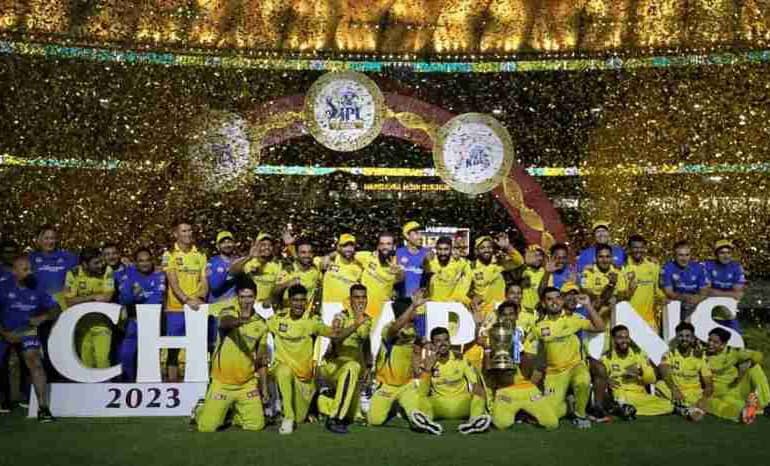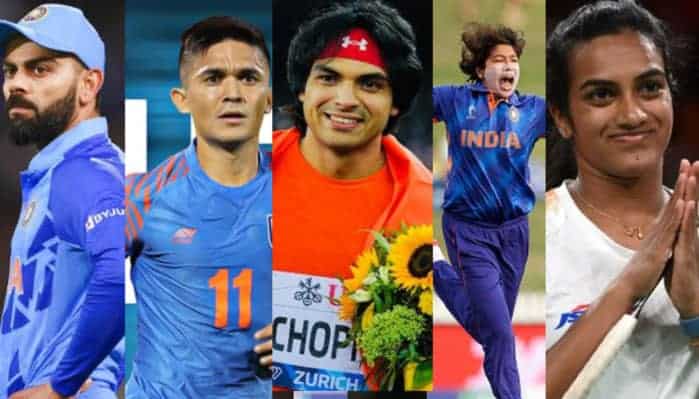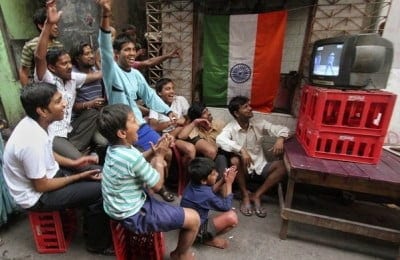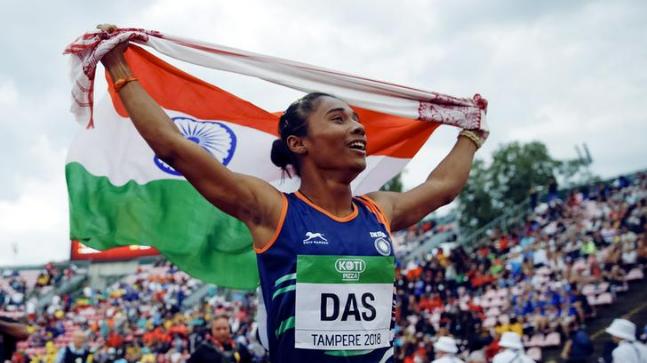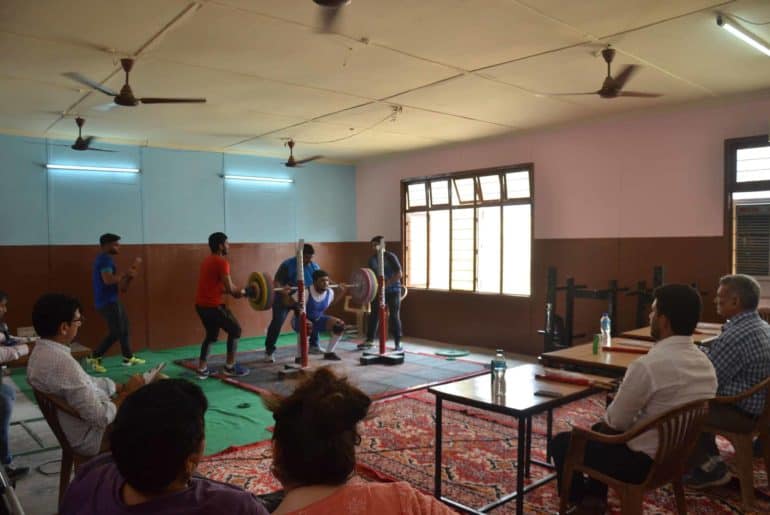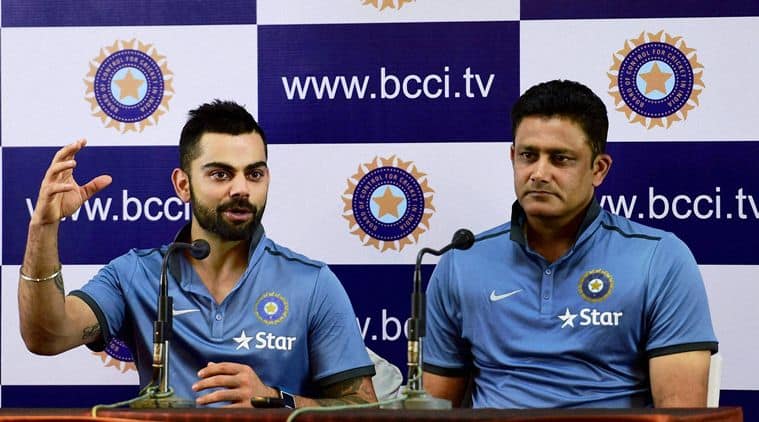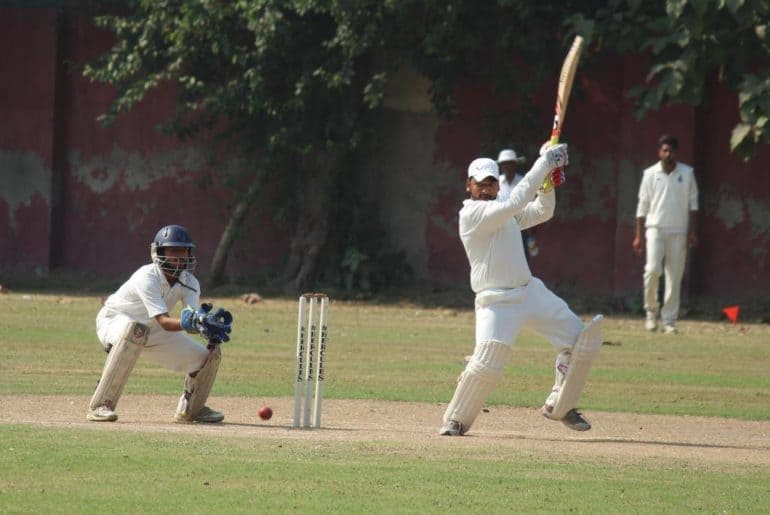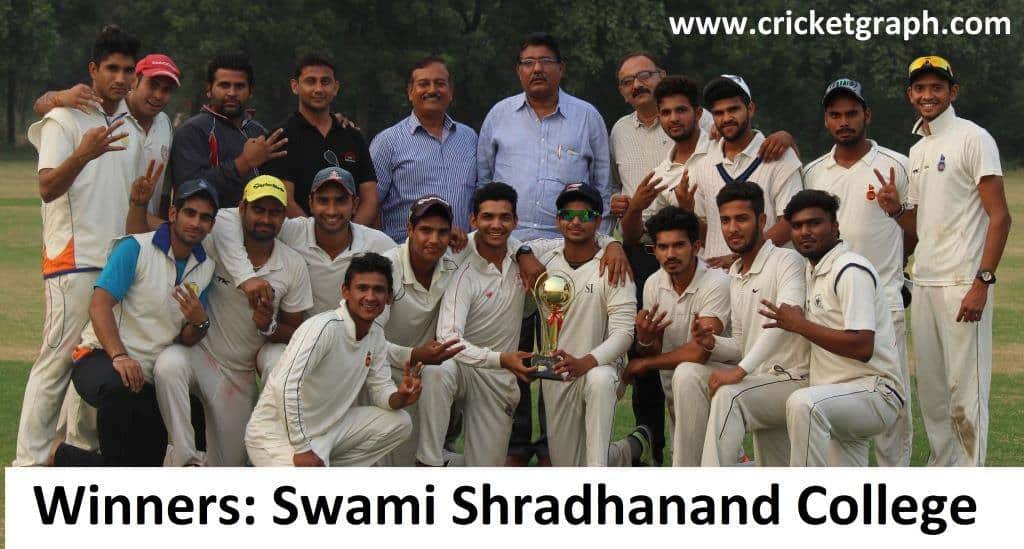With one of the most riveting seasons of the Indian Premier League (IPL) ending with a bang almost a month earlier (yes, it has been that long), I assumed cricket fans might have had to return to a humdrum life full of lackluster amidst the dearth of content around the league. Read on to discover some of the ugliest controversies delivered by the world’s most celebrated T20 league!
Though this might be an exaggeration, the two months across which the IPL spans is arguably the most exhilaratingly gripping time of the year for not just fans but cricket viewers in general, keeping them on the edge of their seats (all credits to the IPL scriptwriters). While cricket lies at the heart of the game, the league carries with it a fair share of bizarre controversies and scandals. Though this might be an exaggeration, the two months across which the IPL spans is arguably the most exhilaratingly gripping time of the year for not just fans but cricket viewers in general, keeping them on the edge of their seats (all credits to the IPL scriptwriters). While cricket lies at the heart of the game, the league carries with it a fair share of bizarre controversies and scandals.
1. The Delhi boys meet in Lucknow
Nearly 10 years after their viral spat in 2013, Virat Kohli and Gautam Gambhir reunited in the latest edition of the league for a dramatic recreation of their heated exchange. The tension began when Gambhir, a mentor to Lucknow Super Giants (LSG), was seen shushing the crowd post a one-wicket nail-biting victory against
Royal Challengers Bangalore (RCB) in the latter’s home ground. The 2 teams met again in Lucknow where the altercation began with a fiery chat between Kohli and LSG’s Naveen-ul-Haq mid-match, both of whom lost their cool again during the post-match customary handshakes. Soon enough, LSG opener Kyle Mayers’ exchange
with Kohli triggered Gambhir to step in and profanities were thrown around as players from both teams intervened to prevent the fight from getting further. Both players were fined 100% of their match fees for breaching the IPL Code of Conduct. So, despite them claiming they are “good friend” on and off the field, their juvenile brawls every now and then are the perfect reminder of how animosities like these are set in stone!
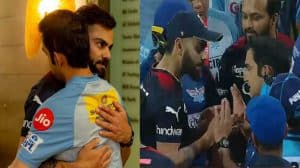
2. The OG ‘Slapgate’
You are wrong if you think Will Smith slapping Chris Rock at the Oscars was the original Slapgate- Bhaji did it first! The first-ever IPL controversy during the inaugural season of the league in 2008, despite never being captured on camera, took no time to hit the headlines. Losing to Kings XI Punjab (KXIP) extended Mumbai Indians’ (MI) losing streak to 3, which undoubtedly created tension for their new skipper Harbhajan Singh, who was leading the team in the absence of Sachin Tendulkar. Allegedly, post an easy win, KXIP’s S.Sreesanth approached his national teammate Singh with a cheeky smile and muttered “hard luck”, which was taken by the latter in the wrong intention and triggered a physical altercation. The details of what went down remain a blur, but Sreesanth was seen crying inconsolably on live TV while Bhaji faced a ban from the remaining matches of the season for “unprovoked assault”.
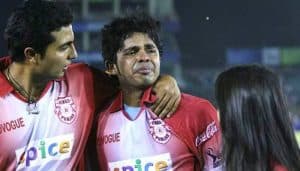
3. Bade Bade Shehron Mein Aisi Choti Choti Baatein Hoti Rehti Hai?
India’s heartthrob and the King of Bollywood, Shah Rukh Khan is famous among the masses for his charm, wit, and poise. However, after Kolkata Knight Riders (KKR) beat Chennai Super Kings (CSK) in the enthralling 2012 IPL final, an allegedly drunk SRK got into a verbal scuffle with the security officials of the Maharashtra Cricket
Association (MCA). The actor, denying any misconduct, stated that he only reacted after his kids were “manhandled” by the security staff, who also abused him first. After the incident, going all “Don ka stadium mein ghusna mushkil hi nahi, namumkin hai,” the MCA managing committee put a 5-year ban prohibiting King Khan, co-owner of KKR, from entering the Wankhede Stadium-the venue of the final. Later, the actor issued an apology and served the ban faithfully for 3 years, until it was lifted in 2015.
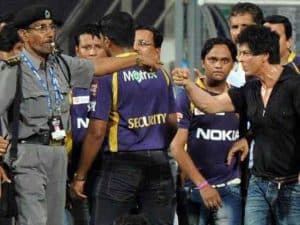
4. Jade-ja or na ja?
Ravindra Jadeja, despite a nearly controversial season this year, played an integral role in Chennai bagging their 5th IPL trophy. Rewind to 2008 when even after having a stupendous season with Rajasthan Royals(RR), and being labeled a “superstar in the making” by legendary Australian cricketer Shane Warne, he found himself amidst a huge controversy. Considering his brilliant performance, the franchise insisted on signing him for the next 2 years but Jaddu agreed to continue with them for only one. However, he was also found to be negotiating with other IPL franchises for higher pay and more lucrative deals (allegedly looking for a possible ‘Gateway’). This violated the code of conduct, according to which, he could only do this if RR- who had the first right to refusal- let him go. The emerging star was found guilty of indulging in ‘anti-team activities’ by the IPL Governing Council, which slapped a one-year ban prohibiting him from participating in the 2011 season.

inaugural season.
5. And the ‘Mankading’ begins!
Ravichandran Ashwin attempting another ‘Mankad’ this season and escaping a scandal by a hairbreadth is proof that old habits die hard. However, he was not as fortunate in 2019 when the actions of the Indian off-spinner, then captain of Kings XI Punjab (KXIP), were frowned upon by the cricketing fraternity. Jos Butler, with an impressive 69 off 43 balls was leading Rajasthan Royals (RR) towards a high-scoring victory until he was dismissed by Ashwin, who seemingly stopped in his bowling action waiting for the non-striker to exit the crease and knock the stumps out. Even as the umpires asked the bowler to reconsider on grounds of ethicality, Ashwin, who claimed that he had given multiple warnings did not abandon the appeal, which resulted in a fuming Butler taking a dejected walk back to the pavilion. Getting its name from Indian all-rounder Vinoo Mankad and though a perfectly legal way of dismissal, the action has for long been looked down upon as ‘unsportsmanlike’ and ‘going against the spirit of the game’.
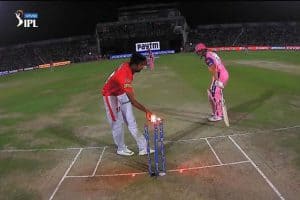
6. Lalit Modi ‘Sus’-pension
Hours after Chennai Super Kings bagged their first IPL trophy in 2010, the Board of Cricket Control in India (BCCI) shocked the entire cricket fraternity by sacking their Vice-President and IPL Chairman Lalit Modi on “alleged acts of individual misdemeanors.” Modi, who is often credited with the worldwide success of the league, was reportedly involved in rigging bids, bullying franchises, and money laundering during the franchise auction in 2010. He was also accused of selling broadcasting and internet rights without authorization. Modi denied all charges and soon fled to London, hence failing to appear in front of BCCI’s disciplinary committee.
Subsequently in 2013, finding him guilty of misconduct, the committee slapped him with a life ban, restricting him from any future involvement in cricket.
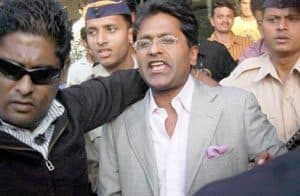
7. The ‘Betting Rajas’
Indian pacer S.Sreesanth found himself entangled in yet another controversy; this time, however, on the receiving end of condemnation. In 2013, Delhi Police arrested 3 Rajasthan Royals (RR) players- Sreesanth, Ajit Chandila, and Ankeet Chavan on charges of spot-fixing, and subsequently, they faced a life ban imposed by the Board of Control for Cricket in India (BCCI). This triggered one of the most heartbreaking moments in the history of the IPL when fans had to witness the suspension of the two most loved teams- Chennai Super Kings and Rajasthan Royals-from the league in 2015. Gurunath Meiyappan, son-in-law of CSK’s owner and then BCCI President N Srinivasan (who eventually resigned), and Raj Kundra, co-owner of Rajasthan Royals were banned for life from being involved in cricket by a 3-member committee appointed by the Supreme Court of India. The 2 teams faced a 2-year suspension from the league, eventually making an exciting comeback in the 2018 season.

With all that goes on within the league, I am sure there will be a lot more than just cricket to watch out for in the upcoming season as well!
Read Also: Student Unions and the Queer Community: Authentic Representation or Queer Baiting?
Featured Image Credits: The Indian Express
Manvi Goel
[email protected]

